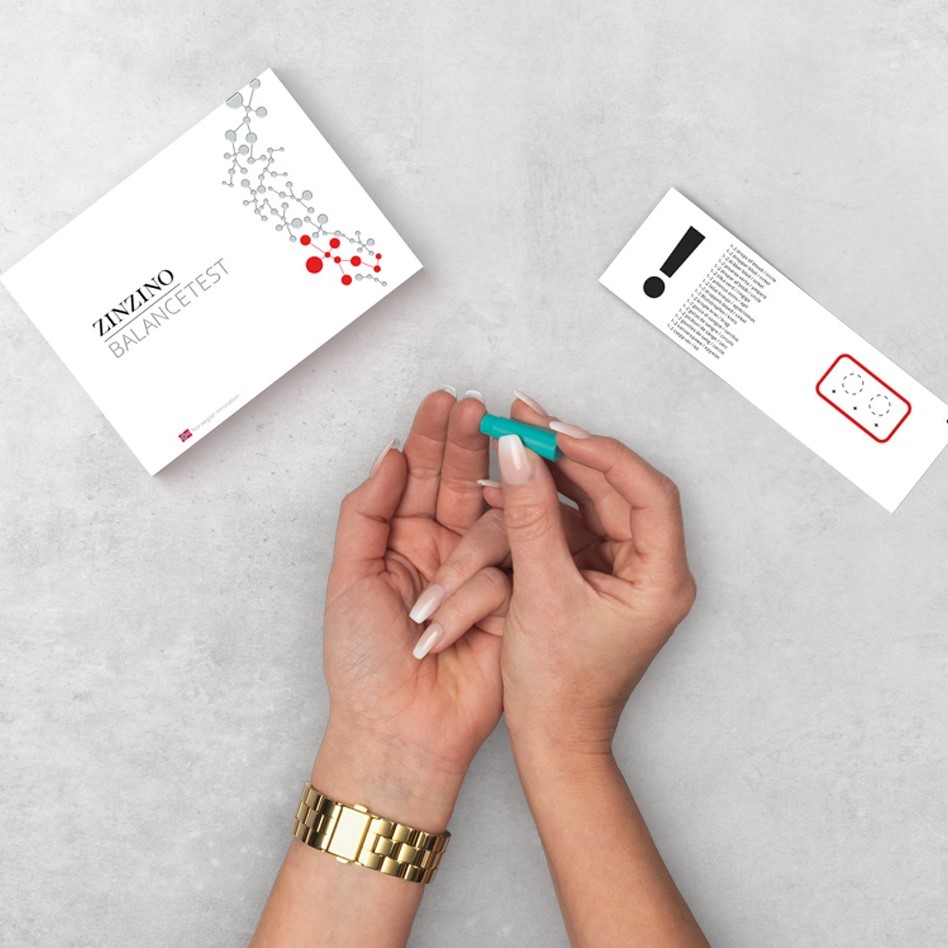Today, In 8 Minutes or Less, You’ll Learn:
- How your everyday products and habits affect cellular health and energy.
- Why your mitochondria—not your multivitamin—are the key to aging well.
- Proven tools like cold therapy, breathwork, and test-based nutrition to reverse cellular dysfunction and reclaim vitality.
Your Cells Are Listening: How Everyday Choices Shape Your Energy, Aging, and Vitality
Let’s get real—most of us are doing our best. We eat “pretty well,” try to squeeze in movement, and aim for a balanced life. But here’s the missing link most people don’t talk about:
Your energy, your focus, even how fast you age—it all starts in your cells.
If you feel tired for no clear reason, struggle to recover from workouts, or feel like your health is just okay—you might be experiencing the quiet consequence of a modern, toxin-saturated world. And it’s not your fault. But it is your opportunity.
Let’s zoom in for a moment and look at what’s going on under the surface—and how you can reverse it using simple, powerful tools like breathwork, cold therapy, and test-based nutrition.
Mitochondria, Not Multivitamins: Where Real Energy Begins
Mitochondria are your cellular batteries. They take in oxygen and nutrients, then create ATP—the currency of energy. But these tiny power plants are extremely sensitive to damage from environmental toxins, processed foods, stress, and even poor sleep.
When mitochondrial function declines, you might feel:
- Brain fog by mid-morning.
- Low energy, even after 8 hours of sleep.
- Slower recovery or chronic inflammation.
- Increased sensitivity to stress or anxiety.
And here’s the kicker: when mitochondria falter, they send out distress signals that can accelerate biological aging.
But the good news? Mitochondria are resilient. With the right inputs, you can rebuild and recharge them—starting now.
Cold & Conscious: The Power of Ice Baths and Breathwork
Two of the most ancient healing tools—cold exposure and intentional breathwork—are now scientifically proven to awaken dormant biology. A well known pioneer and advocate for this particular practice is no other than Wim Hof —also known as the Ice Man.
Ice Baths stimulate:
- Mitochondrial biogenesis (more energy factories).
- Brown fat activation (better thermogenesis and fat burning).
- Anti-inflammatory cytokines (hello immune balance).
Breathwork regulates:
- The nervous system (switching you into calm parasympathetic states).
- Cellular oxygenation and pH (key for mitochondrial health).
- Stress-related damage (reducing oxidative wear and tear).
Together, these two rituals rewire how your body deals with stress—without needing pills, powders, or long workouts.
Cell Membranes: The Forgotten Health Hero
Here’s a visual: Imagine your cells are little water balloons. The outer layer—the cell membrane—is what controls what comes in (nutrients) and what gets out (toxins).
But thanks to inflammatory diets (too much omega-6, not enough marine omega-3), most people’s cell membranes are stiff and sticky.
This makes it hard for cells to:
- Absorb nutrients efficiently.
- Expel toxins and metabolic waste.
- Communicate signals properly.
This is where ZinZino’s test-based nutrition comes in. It uses:
1. A simple blood test to measure your fatty acid balance.
2. Personalized supplementation to restore membrane fluidity.
3. A long-term strategy to reduce chronic inflammation and oxidative stress.
This isn’t guesswork—it’s measurable bio-optimization.

Apoptosis, DNA Repair & Detox: Rebooting Cellular Clean-Up
Think of apoptosis as your internal Marie Kondo—it helps your body clear out malfunctioning cells that no longer serve you. Without this process working smoothly, your body holds on to “broken” cells, increasing your risk for chronic conditions and inflammation.
Likewise, your DNA repair systems are constantly working to clean up errors—but toxins, processed foods, and poor sleep jam the repair machinery.
By reducing your toxin load (swapping out chemical-laden products, upgrading your food sources, and incorporating daily detox rituals), you’re allowing your innate wisdom to take the wheel again.
And yes—cold exposure, deep diaphragmatic breathing, and cell membrane optimization supercharge this system.
So… What’s Sabotaging Your Cellular Vitality?
Take a look around your home. The lotions, plastic containers, air fresheners, processed snacks—they all seem harmless. But these small exposures add up to a massive toxic burden that bogs down your cellular energy systems.
This is what we call “death by a thousand cuts”—low energy, slow recovery, chronic bloating, stubborn fat, hormonal chaos… All rooted in cellular dysfunction.
Your Action Plan Starts Here

Detox Your Inputs
Replace high-tox personal care and household items with clean alternatives. It’s one of the easiest ways to lift the burden on your cells.
Reignite Mitochondria with Ice & Air
Start with a cold shower + 5 minutes of breathwork. Your body will feel different—more alive, more focused, more you.
Optimize Your Cell Membranes
Use ZinZino’s Omega Balance Test to find out your actual omega-3/omega-6 ratio—and get on a protocol that restores membrane fluidity, increases nutrient absorption, and unlocks cellular detox.
Remember This: Aging Is Optional
We can’t avoid time, but we can slow its biological impact. By understanding your cellular landscape and tending to it with intention, you’re not just “staying healthy”—you’re upgrading your entire experience of life.
Your body is ready waiting for you to listen, so that it can restore and heal itself.
Key Takeaways
- Your energy, mood, and focus start at the cellular level—not in your morning coffee.
- Environmental toxins silently disrupt mitochondrial function, energy production, and detox pathways.
- Ice baths and breathwork are powerful tools to build stress resilience and mitochondrial health.
- Most people have rigid cell membranes from poor omega-3/6 balance, blocking nutrient absorption and toxin removal.
- Increase your EPA & DHA intake daily for improved Cell-Membrane Fluidity. Using our test-based nutrition concept from ZinZino helps restore cellular function, reduce inflammation, and slows biological aging.
- Living low-tox isn’t about perfection—it’s about supporting your body’s natural ability to heal, detox, and thrive.
your next steps
Now that you know how your everyday choices affect your energy and aging, take a moment to check in with your environment. What are you putting on your skin, breathing in, or eating that might be draining your cells instead of fueling them?
Found something that made you pause? Tag me on Instagram @TheLowToxShop and share your biggest aha moment—I’d love to hear it!
Found this article useful?
⚡️ Don’t keep it to yourself—send this to a friend who’d love it too!
⚡️ Come tell me your biggest takeaway on Instagram @TheLowToxShop. I’d love to hear from you!
Citations & Research
Open the folder for Sources & Further Reading.
Bohr, V. A. (2002). Repair of oxidative DNA damage in nuclear and mitochondrial DNA, and some changes with aging in mammalian cells. Free Radical Biology and Medicine, 32(9), 804–812.
https://doi.org/10.1016/S0891-5849(02)00787-4
Calder, P. C. (2013). Omega-3 polyunsaturated fatty acids and inflammatory processes: Nutrition or pharmacology? British Journal of Clinical Pharmacology, 75(3), 645–662.
https://doi.org/10.1111/j.1365-2125.2012.04374.x
Elmore, S. (2007). Apoptosis: A Review of Programmed Cell Death. Toxicologic Pathology, 35(4), 495–516.
https://doi.org/10.1080/01926230701320337
Jerath, R., Edry, J. W., Barnes, V. A., & Jerath, V. (2006). Physiology of long pranayamic breathing: Neural respiratory elements may provide a mechanism that explains how slow deep breathing shifts the autonomic nervous system. Medical Hypotheses, 67(3), 566–571. https://doi.org/10.1016/j.mehy.2006.02.042
Lundby, C., & Jacobs, R. A. (2016). Adaptations of skeletal muscle mitochondria to exercise training. Experimental Physiology, 101(1), 17–22. https://doi.org/10.1113/EP085319
Meyer, J. N., Leung, M. C. K., Rooney, J. P., Sendoel, A., Hengartner, M. O., Kisby, G. E., & Bess, A. S. (2013). Mitochondria as a target of environmental toxicants. Toxicological Sciences, 134(1), 1–17.
https://doi.org/10.1093/toxsci/kft102
Stillwell, W., & Wassall, S. R. (2003). Docosahexaenoic acid: Membrane properties of a unique fatty acid. Chemistry and Physics of Lipids, 126(1), 1–27. https://doi.org/10.1016/S0009-3084(03)00101-4
Wallace, D. C. (2010). Mitochondrial DNA mutations in disease and aging. Environmental and Molecular Mutagenesis, 51(5), 440–450. https://doi.org/10.1002/em.20586


